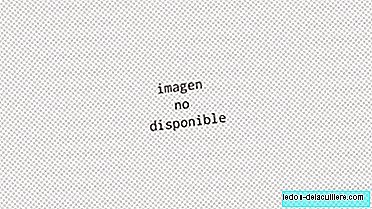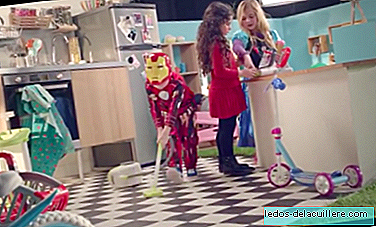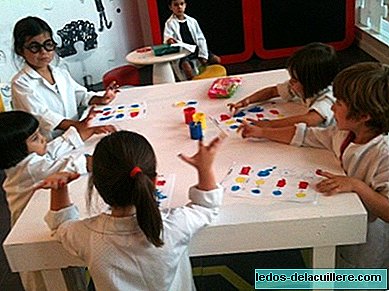
In winter, respiratory diseases are very common among children. The dry environment and heating do not contribute in any way to this type of process, the mucous membranes and the skin are dried, so the use of humidifiers is recommended to provide more humidity to the room.
A pleasant environment for the children's room must have between 40% and 60% humidity.
A humidifier is a very useful purchase when we have children, but there are various types of devices that provide humidity to the environment. Let's see which ones exist, how they are used and for what cases each one is indicated.
● Ultrasonic humidifier: It creates a dense fog of small water particles through a system of ultrasonic vibrations. These small particles of water more easily reach the lower respiratory tract, contributing to decrease inflammation of the throat, reducing the obstruction to the passage of air through the larynx, normalizing the respiratory rate and gas exchange.
They use water at room temperature (it is recommended to use distilled water, although some do not require it) so there is no risk of burns. Being ultrasonic they are a bit more expensive, but it is important that it is not loud, because then they disturb you at bedtime.
● Ultrasonic humidifier with ionizer: basically, its operation is the same as the ultrasonic humidifier with the addition that it contains a negative ion generator that attacks the contaminating particles purifying the air that the baby breathes.
● Humidifiers to hang on radiators: They are a kind of ceramic vessels where water is placed that hangs from the house radiators. It is a cheaper alternative, but the same steam flow is not achieved as with electrical appliances. They serve to provide greater comfort to the environment but not specifically for the treatment of an inflammatory process or nasal congestion.
● Hot Vaporizer: creates water vapor thanks to some electrical elements that heat the water. Essences can be applied but they are not recommended for use with babies. There is evidence that the application of hot moist air helps the clinical improvement of nasal congestion.
Vaporizers are cheaper than ultrasonic humidifiers, they can use tap water and they spread less allergens and pollutants than humidifiers, but you have to be very careful where they are placed because when you start hot steam it can cause burns.
Due to the characteristics of each one, each one is recommended for different situations. If there is nasal congestion, hot steam is recommended; if there is inflammation of the airways, cold steam.
There are them with steam flow regulator, with night light for the baby's room, some can be programmed to work certain hours while others go out alone when the water in the tank runs out.
The options are varied. But whatever we choose, we must know that according to the Spanish Association of Pediatrics "the use of humidifiers is limited to the symptomatic treatment of respiratory diseases such as common colds and laryngitis. Its use in asthmatic and allergic children is not recommended possibility of triggering your symptomatology. "












